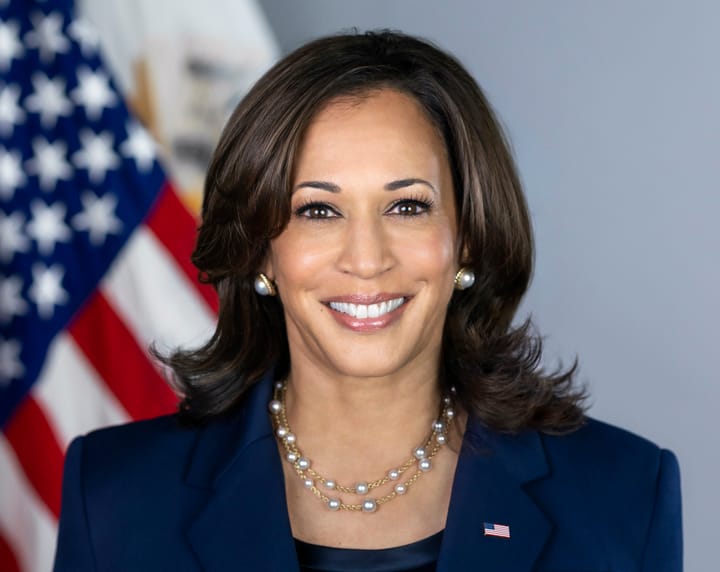Executive Powers Compared in Two Liberal Democracies

By Julius Schmidt
In a journal about power at a German-American school, perhaps it might be prudent to offer a brief analysis of the powers of the German Chancellor and the American President. Although the German Federal Chancellor and the President of the United States have similar roles and power, the President arguably has more authority in those roles.
Both the Chancellor and President are key in the lawmaking process as they both are in charge of the implementation of laws. The Chancellor is in charge of setting the agenda and the framework of this process, which is a very powerful role. The President, however, signs laws in order for them to be implemented. The President can also veto laws that have been passed. That being said, Congress can also overrule this veto with a two-thirds majority, but this has only happened to 7.1% of presidential vetoes since 1789. It is debatable whether being the first step or the last step in the lawmaking process is more powerful. However, the President has more authority in the lawmaking process, due to being the last step in the process.
When it comes to the work of the federal government, both the President and the Chancellor nominate cabinet members and department heads or ministers. In the United States, some of these nominations must be approved by the Senate. While in Germany, the Chancellor nominates candidates for the Federal President to appoint. The German President’s role is mostly symbolic, so in the appointment process the Chancellor has more power than the President. Nevertheless, during the administration the President has more authority. The agencies and departments of the federal government are supposed to be autonomous and independent of each party in both countries, but still follow the agenda of the President or Chancellor. The President can fire cabinet members at any time during their administration, only needing a replacement to be approved by the Senate afterwards. The Chancellor merely suggests the removal of cabinet members and this process is more contingent on party relations. Once again, the President and Chancellor both have similar powers in their respective rights, but the President has more authority in the federal government due to the Chancellor having less of an impact on the work of cabinet members and ministers.
When it comes to treaties, the President negotiates and signs treaties with a two-thirds Senate vote. As for Germany, the Chancellor negotiates treaties with the cabinet. Similarly, these treaties often require the approval of the Bundestag and sometimes the Bundesrat. After this, the treaties are signed by the Federal President. Here one might not argue that one position necessarily has more authority, as the Chancellor has to work with more people to get a treaty signed, but some of the hoops they have to jump through are ceremonial. Nonetheless, getting a two-thirds majority from the Senate is often a tough hill to climb.
Some clear cut examples of the President having more authority than the Chancellor comes in the form of executive orders and pardons.
The President can issue executive orders that last until a President ends them. These orders can be deemed unconstitutional by the Supreme Court, showing that there is a check on this authority, but the German government has now equivalent to an executive order. Similarly, the President can also issue pardons, which the Chancellor cannot. The Federal President of Germany can issue pardons based on the recommendation of the Minister of Justice, but this pardon mitigates consequences and does not eliminate convictions. Here the President clearly has more authority than the Chancellor. This is not necessarily a good thing, as giving the head of the executive branch too much power can be dangerous, but it is indeed the case that the American President has this authority.
The powers and roles of the President and Chancellor are very similar. Power and authority are not the same thing, and when it comes to authority the President has more authority than the Chancellor does. Checks and balances are very important to any legal system, and so who has more authority should not be seen as which role or country is better, but merely a statement on the authority of the heads of our executive branches.


